#ESEA Re-Authorization – A Global Education System
The Transformation of Education in America that is legally locked in place now that the ESEA (Elementary and Secondary Education Act) now known as ESSA (Every Student Succeeds Act) is re-authorized. (Updated).
This transformation in Education is a system designed to lock together in “engrenage” (french for gears) fashion, a type of ‘Progressive Federalism’ or as my friend Dwayne Stovall prefers to say “Progressive Nationalism” vs ‘Constitutional Federalism’. Meaning the global vision behind it will be in place whether the implementation point is at the federal, state or local level.
Within the pages ESEA reauthorization bill, we know that it mandates a shift away from academics- reading, writing, math, and history being taught and tested in the United States. ESSA is a clear shift to social and emotional learning (SEL), affective and non-cognitive attitudes, values, beliefs, behaviors, changing American students’ worldview.
How do I know this? Because, unlike our elected officials, I have been working with folks who have actually read the language and understand the binding impact included in the current bill. Which was voted on, by people who have NOT read the bill and who do NOT understand the terms and the language they voted on.
For Example:
On pages 62 and 807 ESSA mandates ‘Universal Design for Learning’
Babin explains…. “As students, teachers and parents prepare for another school year, I’d like to take this opportunity to update you on a few of the things I am working on to restore local control and prevent federal intrusion into our classrooms.
Ending Common Core
Despite 40 years of increased federal involvement in our local schools, federal regulators are essentially coercing local schools to adopt national “Common Core” education standards. I’m working to end it and defund it. Bureaucrats 1,400 miles away in Washington’s U.S. Department of Educations fail to understand that the American people want less Washington intervention – not more. I trust parents, teachers and local school boards to decide what’s best for their students, not a bureaucrat in Washington. During consideration of H.R. 5, the Student Success Act, I voted for the Zeldin Amendment, which guarantees states the right to withdraw from this broken, one-size-¡t’s-all approach whether that is the Common Core standards or any other federal standards.
Repealing No Child Left Behind (NCLB)
Last month, I voted for House passage of the Student Success Act (H.R. 5), which takes much-needed steps to repeal NCLB and return power and authority to where it belongs – with parents. is important legislation reduces the federal footprint in education by eliminating dozens of ineffective and duplicative programs, preventing the U.S. Department of Education from coercing states to adopt federal mandates – while also empowering parents with the information and tools they need to hold schools accountable. Importantly, it also cuts the number of federal employees at the Department of Education, which I view as a first step toward eliminating this failed bureaucratic institution. Local schools will be better protected when there are fewer federal bureaucrats dreaming up new mandates for local schools.
Expanding School Choice
Many low-income students, particularly in urban areas, benefit from school choice initiatives because it allows them to leave a failing school and attend a different school that they otherwise couldn’t afford. I believe that school choice initiatives should be available to children who are trapped in bad schools. That’s why I have voted for and supported efforts to create more school choice options through expanding magnet, charter, and public schools. We should also expand private school opportunities for those trapped in failing schools.”
Sent: Thursday, September 3, 2015 3:52 PM
To: Bahorich, DonnaSubject: ELA/R FrameworkDonna,I have attached a copy of the updated ELA/R Framework with alignments to the College and Career Readiness Standards, SAT and ACT, along with a cover letter to the members of the State Board of Education.The letter describes the ongoing work of members of TASA, TXASCD, and the six literacy organizations since our presentation to the SBOE at your July meeting.As stated previously, the Framework design began with the current TEKS. The participants considered the expert reviewers’ comments regarding the current TEKS as well as their comments regarding the initial framework that was shared with the Board in July.To provide the greatest opportunity for student success, the CCRS standards were backward mapped into the framework, which is also aligned with the SAT and ACT standards. These alignments are noted in the document. I believe this collaboration by experts in the field has resulted in a research-based structure and a beginning point for the review committees that will promote rich discussion among the review committee members while also guaranteeing efficient use of their time. It focuses on rigorous student achievement goals as recommended by Shirley Dickson and is unanimously supported by these organizations. As we did in July, I wanted to share these documents with you in advance of the Board meeting.I look forward to visiting with you regarding any questions you may have and hoping it might be possible for you to share this document with the other SBOE members prior to the meeting.JohnnyTexas Association of School Administrators
So when a guy like Lee Zedlin passes an Amendment and starts posting things like this……
It looks like my legislative proposal to allow states to withdraw from Common Core without penalty from the federal government….
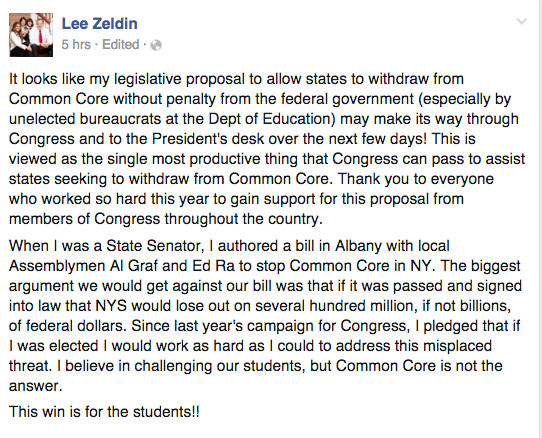 Posted by Lee Zeldin on Tuesday, December 1, 2015
Posted by Lee Zeldin on Tuesday, December 1, 2015Zedlin’s Amendment means nothing. From the link below…..
- HEAVILY INCENTIVIZES STATES TO MAINTAIN COMMON CORE STATE STANDARDS: As a requirement of the Act, states must “demonstrate” to the Secretary that they have adopted standards that are aligned to the same definition of “college and career” standards used to force states into adopting Common Core under NCLB waivers. The requirement for the alignment of standards to this definition makes prohibitions against the Secretary meaningless, the statute itself dictates the alignment.
Sec. 1111(b)(1)(D)(i): IN GENERAL.—Each State shall demonstrate that the challenging State academic standards are aligned with entrance requirements for credit-bearing coursework in the system of public higher education in the State and relevant State career and technical education standards.
The state must adopted content standards and at least three levels of achievement standards, collectively referred to in the Act as “challenging state academic standards.“ The standards must include the same knowledge, skills, and levels of achievement of all public school students in the state.” If the standards must include the same “knowledge, skills, and levels of achievement” for all students, then, by definition they cannot be too high, or possibly be based on non-academic expectations. The term skills infers non-cognitive skills– meaning attitudes, values, and mindsets, which, to date, have no valid and reliable metric.
Top 12 Concerns About Every Student Succeeds Act (S 1177 & HR 5)
- PROCESS VIOLATES TENENTS OF AMERICAN GOVERNMENT – OF TRANSPARENCY IN THE BILL PROCESS AND DELIBERATIVE DEBATE. Process of forwarding conference report echoes the process of (Un) Affordable Care Act “You have to pass it to see what’s in it” – that is. Congress won’t be reading it.
- HEAVILY INCENTIVIZES STATES TO MAINTAIN COMMON CORE STATE STANDARDS: As a requirement of the Act, states must “demonstrate” to the Secretary that they have adopted standards that are aligned to the same definition of “college and career” standards used to force states into adopting Common Core under NCLB waivers.
- ASSESSSMENT OF NON-COGNITIVE ATTITUDES, BEHAVIORS, and MINDSETS: Bill will maintain momentum for increasing non-academic data collection of student and family information into statewide longitudinal data systems.
- PARENT RIGHTS: The Salmon Amendment in HR5 that allowed parents to opt out of high-stakes state assessments is no longer included. Students whose parents opt them out of the test, must be included in the 95% participation formula.
- EROSION OF STATE POWER OVER EDUCATION: The state accountability system must be structured as per the federal bill.
- FEDERAL CONTROL OF STANDARDS CONTENT: Bill language appears to require standards that align with career and technical education standards, indicating that the standards must align to the federally approved Workforce Innovation and Opportunity Act.
- NO CHECKS ON FEDERAL POWER, FEDERAL GOVERNMENT IS JUDGE AND JURY OF ITS OWN ACTIVITY – NO SUNSET OF LAW: The framework would only “authorize” ESEA for four more years, as opposed to the typical five, but, there’s no sunset provision in the bill, so it could go on in perpetuity.
- EXPANSION OF GOVERNMENT ROLE IN CHILDCARE/DISINCENTIVE TO ACTIVELY SEEK EMPLOYMENT: Bill is said to expand Head Start to childcare with Child Care Development Block Grant Act of 2014 so that no work requirements will be expected of low income parents to access grant money to pay for childcare.
- ADVANCES PROFITING BY PRIVATE CORPORATIONS USING EDUCATION DOLLARS THAT SHOULD GO TO CLASSROOMS: Increasing the education budget to fund private investors to implement government- selected social goals is outside the scope of improving education, and outside the authority of Congress as described in the U.S. Constitution.
- INCREASED ESEA SPENDING: ESSA authorizes appropriations for fiscal years 2017-2020. Spending authority will increase by 2% each year.
- EROSION OF LOCAL CONTROL: The conference report language encourages states to form consortia that, without congressional approval, may be determined illegal.
- DATA PRIVACY: Language in the conference report appears to rein in the Secretary of Education’s power and protect student data by inserting prohibitions of collecting additional student data, but makes no attempt to reverse the harm already done by Secretary Duncan’s modification of the Family Education Rights and Privacy Act (FERPA)
Proof #ESEA is the #NewCommonCore, which is not about teaching our kids to read, write and do math. It is about attitudes, values, beliefs, and behaviors! The state and federal government has no place mandating and conducting, psychological profiling of our children. Call and demand your U.S. Senators who will vote on this bill early next week- #StopESEA!
Proof Education is No Longer About Academics
So now the question is…. What are we going to do about it?


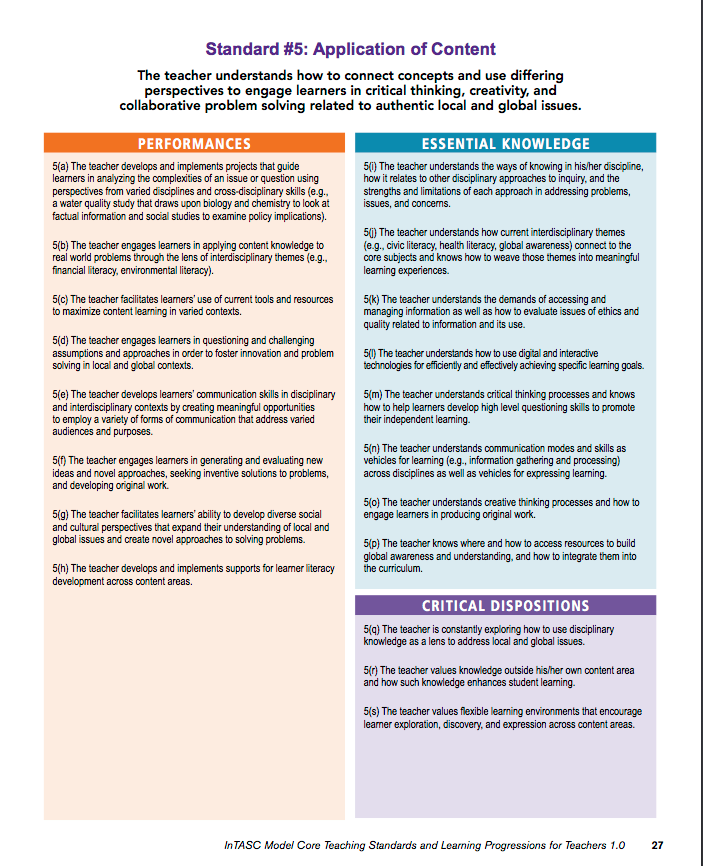
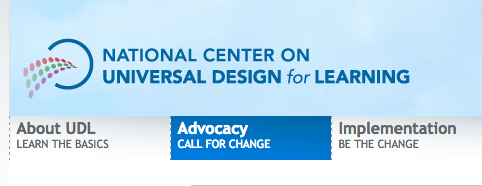
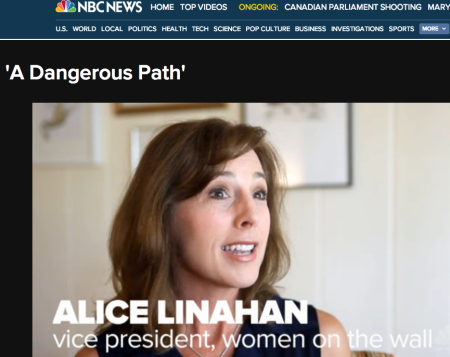

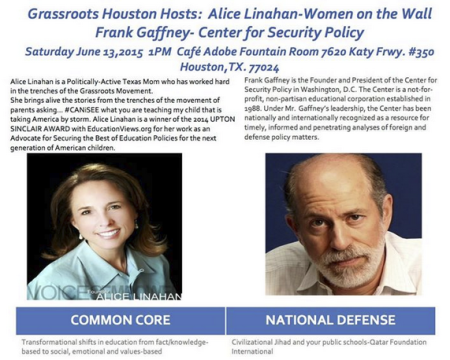

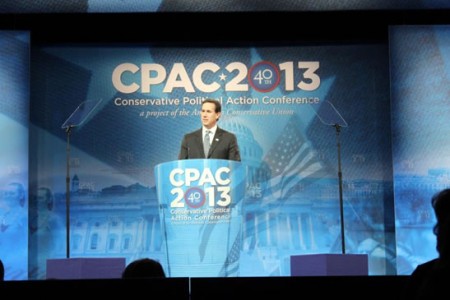





You must be logged in to post a comment.